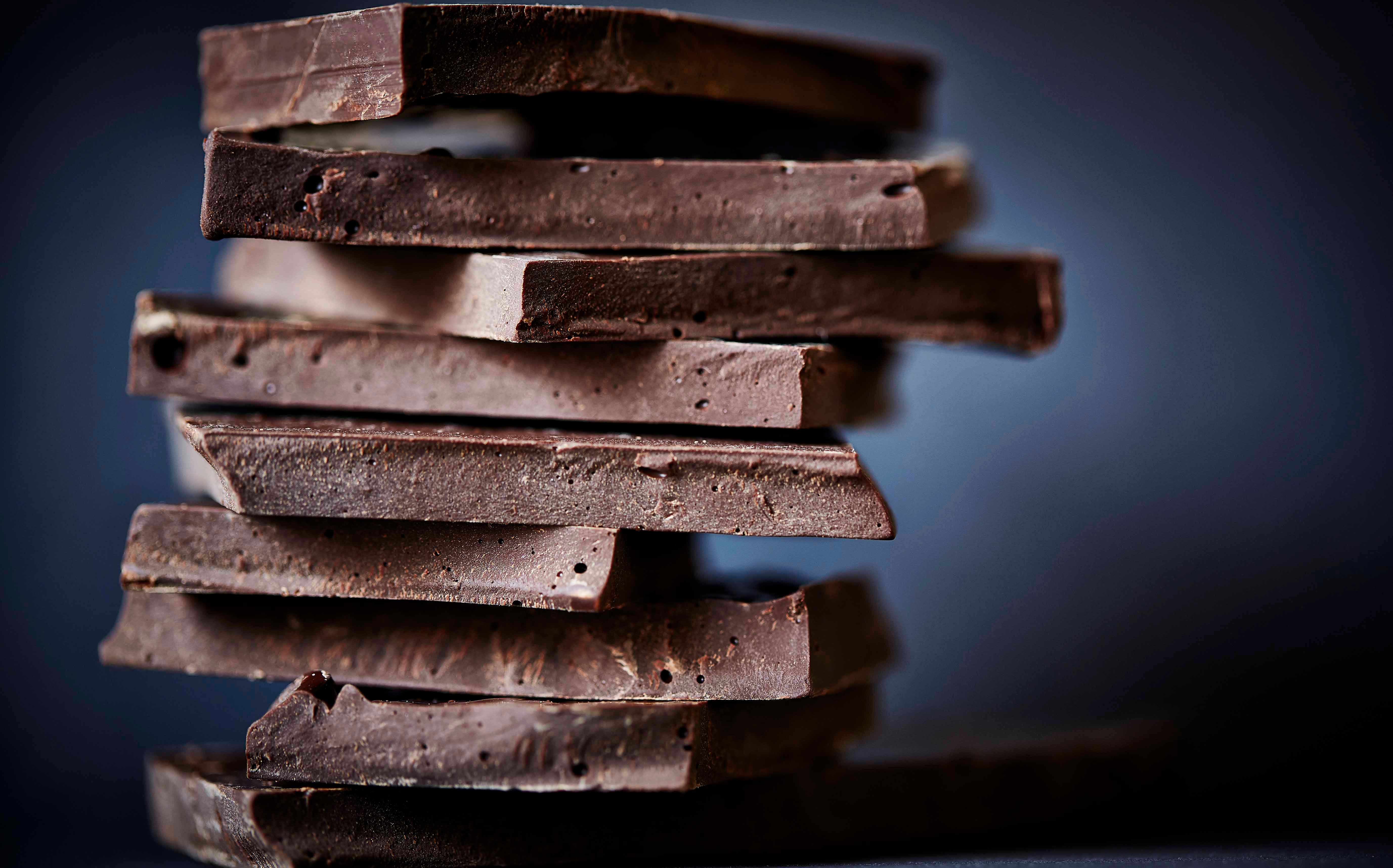All about chocolate


In terms of foods which are traditionally associated with love and self-care, is there any option more perfect than chocolate? It’s easy to understand why chocolate is such a ubiquitous treat around the world. Eating good quality chocolate is truly a sensory experience; taste, aroma, and texture are combined to form complex flavours comparable to those present in a full–bodied glass of wine. Read on to learn all about the rich history of chocolate and explore all your favourite types, from methods of serving to unexpected health benefits (giving you yet another reason to regularly enjoy chocolate.)
Chocolate throughout history
Chocolate has a long history that begins at least two thousand years ago, although historians now believe the number could be closer to four thousand years in the past. The word chocolate comes from the Aztec word “xocoatl,” which was traditionally used to describe a bitter drink made from brewed cacao beans. Cacao beans had so much value they were used as currency throughout the last thousand years of Mesoamerican culture.
Despite today’s emphasis on hard chocolate, cacao beans (and subsequently chocolate) have been primarily consumed as a beverage for approximately 90 per cent of its history.
During the 17th and 18th century, drinkable chocolate was considered a fashionable activity reserved for wealthy members of the elite upper class (Marie Antoinette is rumoured to have been a fan.) Although the first chocolate in bar form was invented in 1847 by Joseph Fry, it was Nestle—yes, the same Nestle chocolate bar company as today—that made the chocolate bar mainstream in 1868. It was during the 20th century that chocolate became the familiar treat we know and love today. Unfortunately, as chocolate continued to grow in popularity quality ingredients were sacrificed for inexpensive preservatives, sugars, and artificial flavours. Luckily for chocolate aficionados around the world, a new generation of chocolate makers and pastry chefs have demonstrated a renewed interest in creating expertly crafted artisan chocolate made with as few ingredients as possible.
Types of chocolate
- Dark chocolate: Fruity, bitter, and unforgettable, dark chocolate generally contains 70–100 percent cocoa. Packed with antioxidants, dark chocolate is currently being studied for its effects on blood pressure, cardiovascular disease, obesity, mood disorders, and insulin resistance. While the exact mechanisms of these hypotheses are still under scrutiny, the general scientific consensus appears to support dark chocolate’s status as an (almost) health food.
- Milk chocolate: Invented in 1875, milk chocolate is sweetened chocolate that has had powdered milk or condensed milk added. Perhaps the most popular form of chocolate, milk chocolate is widely used in chocolate bars, chocolate drinks, chocolate fondue, and chocolate chips. Although milk chocolate does contain some antioxidants, the fact that it’s usually very high in sugar makes it considerably less healthy than dark chocolate.
- White chocolate: Despite the fact that most people know that white chocolate isn’t actually a type of chocolate it continues to be categorized as one. White chocolate is made from cocoa butter (without the milk solids), sugar and milk.
- Ruby chocolate: A new introduction to the world of artisan chocolate-making, this reddish chocolate was invented in 2004 by Barry Callebaut and is made from Ruby cacao beans. Officially released for public use in 2017, ruby chocolate is pleasantly sweet (less so than milk chocolate) and has pleasantly tangy notes. Look for ruby chocolate wherever fine chocolate and candies are sold.